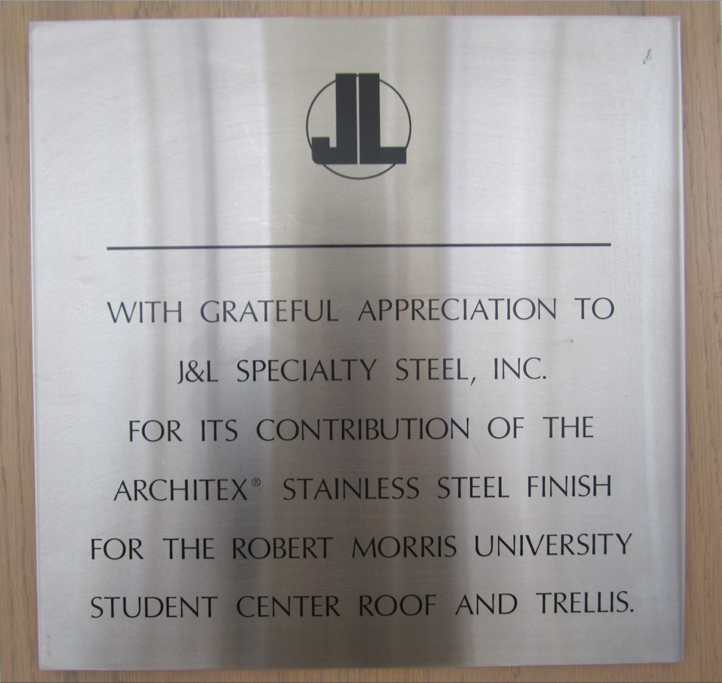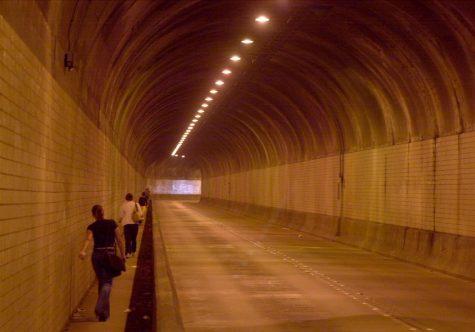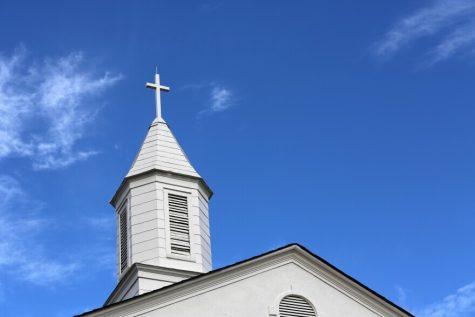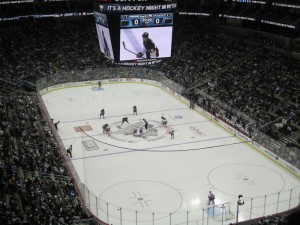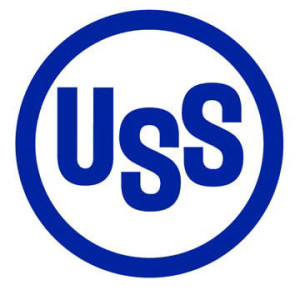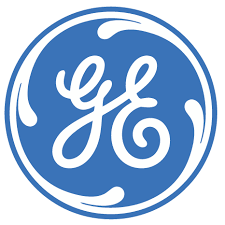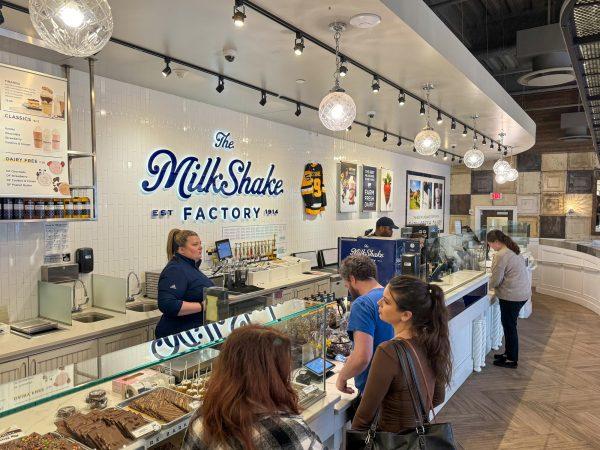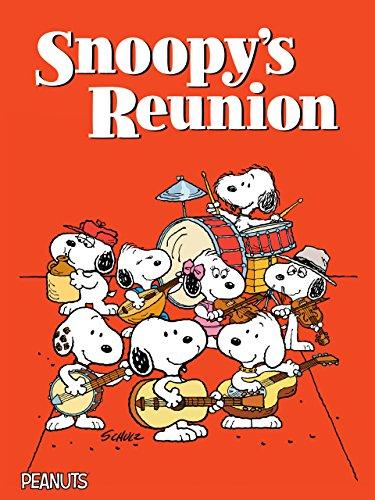‘Round about Pittsburgh: The Legacy of J&L Steel
Even with most of the steel industry gone, Pittsburgh is still known as the Steel City. When people think Pittsburgh & steel, they might think of the Steelers or steel workers. People may also think of Pittsburgher Andrew Carnegie, who revolutionized the steel industry in the Pittsburgh region.
Andrew Carnegie built his first steel mill, the Edgar Thomson Steel Works in 1872. He later founded the Carnegie Steel Company in 1892. In 1901, Carnegie Steel was sold and became part of what would be known as United States Steel Corporation (U.S. Steel).
Although Andrew Carnegie had success in the steel industry, he dealt with local competition. Carnegie’s main competition was Jones & Laughlin Steel Company, better known as J&L Steel.
J&L Steel, originally formed in 1854 and only produced iron, but later produced steel. The company expanded so fast that the banks of the Monongahela River, were soon the site of J&L Steel Mill facilities. These facilities were located in South Oakland and part of Pittsburgh’s South Side. The property on the South Side has since been redeveloped and so has parts of the South Oakland property. Connecting the facilities was the Hot Metal Bridge. The bridge was originally for the railroad cars to carry pieces of steel from one side of the river to the other. The bridge sat unused for many years but has since reopened for motor vehicles, bicycles, and pedestrians.
Along with U.S. Steel, J&L Steel suffered financially and economically in the 1980’s. What started years prior, led to the decline of the steel industry in the 1980’s. Pittsburgh, known as the Steel City and also the smokey city, began to change. J&L Steel went through numerous changes at the time, as did U.S. Steel. United States Steel is still in business and headquartered in Pittsburgh, while on the other hand J&L Steel merged and sold assets. J&L Steel as many older Pittsburgher’s know it as, is now gone.
Now the legacy of J&L Steel, U.S. Steel, and Pittsburgh’s steel industry history lives on through a nonprofit, Rivers of Steel. According to their website, “Rivers of Steel Heritage Corporation conserves, interprets and develops historical, cultural and recreational resources throughout western Pennsylvania, including the eight counties that comprise the Rivers of Steel National Heritage Area. The dynamic and powerful story of the region’s evolution from colonial settlement to “Big Steel” to the modern era is evident in its many artifacts, buildings, vibrant communities and industrial sites.”
“Rivers of Steel seeks to link our colonial and industrial heritage to the present and future economic and cultural life of the region and the communities it serves. Its vision is to become a nationally recognized brand that not only celebrates our past but also embraces our future, by connecting people to their environs. To achieve these ends, it fosters and promotes resource conservation and development, heritage tourism, cultural and educational programs and economic revitalization in partnership with hundreds of local communities in the greater Pittsburgh area, and along the Monongahela, Allegheny and Ohio River valleys, the very places that gave birth to the most powerful industrial heartland the world has ever seen.”
For more information about J&L Steel or Pittsburgh’s Steel Industry, visit



